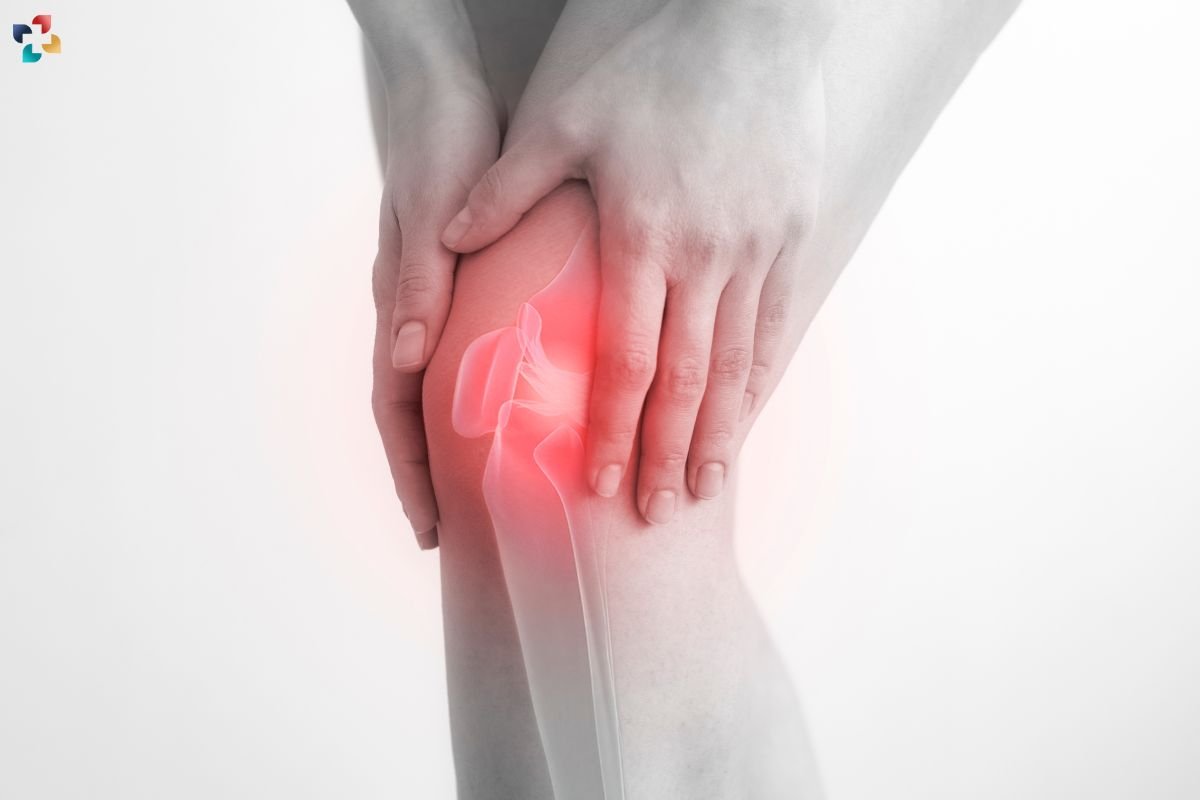Fat pad impingement, often referred to as Hoffa’s syndrome, is a condition that can cause significant pain and discomfort, particularly around the knee. This ailment occurs when the infrapatellar fat pad, a soft tissue structure located beneath the kneecap (patella), becomes pinched or inflamed. Understanding the causes, diagnosis, and treatment options for fat pad impingement is crucial for those suffering from this condition and for healthcare providers seeking to alleviate their patients’ symptoms.
Causes of Fat Pad Impingement
Fat pad impingement can be caused by various factors, each contributing to the inflammation and irritation of the infrapatellar fat pad. Understanding these causes can help in both prevention and treatment.
- Trauma: Direct trauma to the knee, such as a fall or a blow, can cause the fat pad to become pinched between the patella and the femur, leading to impingement. This is often seen in sports or accidents.
- Overuse: Repetitive activities, especially those involving knee extension and flexion, can lead to chronic inflammation of the fat pad. Athletes, particularly runners and cyclists, are at a higher risk due to the repetitive stress placed on their knees.
- Surgical Procedures: Post-surgical changes in knee alignment or structure can contribute to fat pad impingement. Procedures like anterior cruciate ligament (ACL) reconstruction may alter the biomechanics of the knee, leading to increased pressure on the fat pad.
- Knee Abnormalities: Structural abnormalities, such as patella alta (a high-riding kneecap) or patellar tilt, can predispose individuals to fat pad impingement. These conditions alter the natural movement of the knee, increasing the likelihood of the fat pad being pinched.
- Inflammatory Conditions: Conditions like arthritis or synovitis can lead to swelling and inflammation within the knee joint, increasing the pressure on the fat pad and leading to impingement.
Symptoms of Fat Pad Impingement
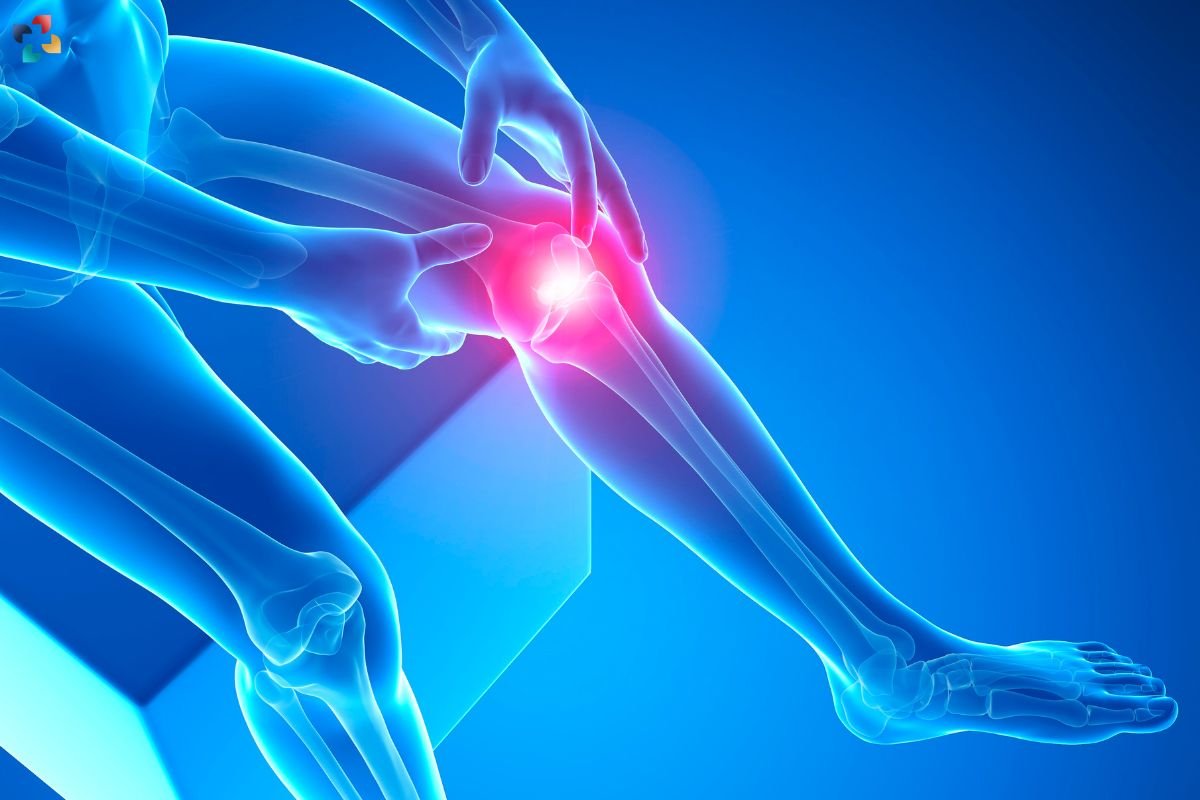
Recognizing the symptoms of fat pad impingement is essential for early diagnosis and treatment. Common symptoms include:
- Anterior Knee Pain: Pain is usually localized at the front of the knee, just below the kneecap. The pain may worsen with activities that involve knee extension, such as squatting, running, or climbing stairs.
- Swelling and Tenderness: The knee may appear swollen, and the area around the fat pad can be tender to the touch. Swelling can exacerbate the pain and discomfort.
- Limited Range of Motion: Individuals with fat pad impingement may experience a decreased range of motion in the knee, making it difficult to fully extend or flex the knee.
- Pain with Prolonged Sitting: Sitting for extended periods, especially with the knee bent, can increase the pressure on the fat pad and lead to discomfort.
- Instability: In some cases, the knee may feel unstable or give way, particularly during activities that place stress on the joint.
Diagnosis of Fat Pad Impingement
Accurate diagnosis of fat pad impingement is crucial for effective treatment. Several diagnostic methods are used to identify this condition:
- Clinical Examination: A thorough physical examination by a healthcare provider can help identify the signs and symptoms of fat pad impingement. The provider may palpate the knee to locate areas of tenderness and assess the range of motion.
- Medical History: Understanding the patient’s medical history, including any previous knee injuries, surgeries, or repetitive activities, can provide valuable insights into the cause of the symptoms.
- Imaging Studies: Imaging techniques such as X-rays, MRI (Magnetic Resonance Imaging), or ultrasound can help visualize the structures within the knee. An MRI, in particular, can provide detailed images of the fat pad and surrounding tissues, helping to confirm the diagnosis.
- Diagnostic Injections: In some cases, a diagnostic injection of a local anesthetic into the fat pad can help determine if it is the source of the pain. Relief of pain following the injection supports the diagnosis of fat pad impingement.
Treatment Options for Fat Pad Impingement
Treatment for fat pad impingement aims to reduce pain and inflammation, restore knee function, and prevent recurrence. The following treatment options are commonly used:
Conservative Treatments
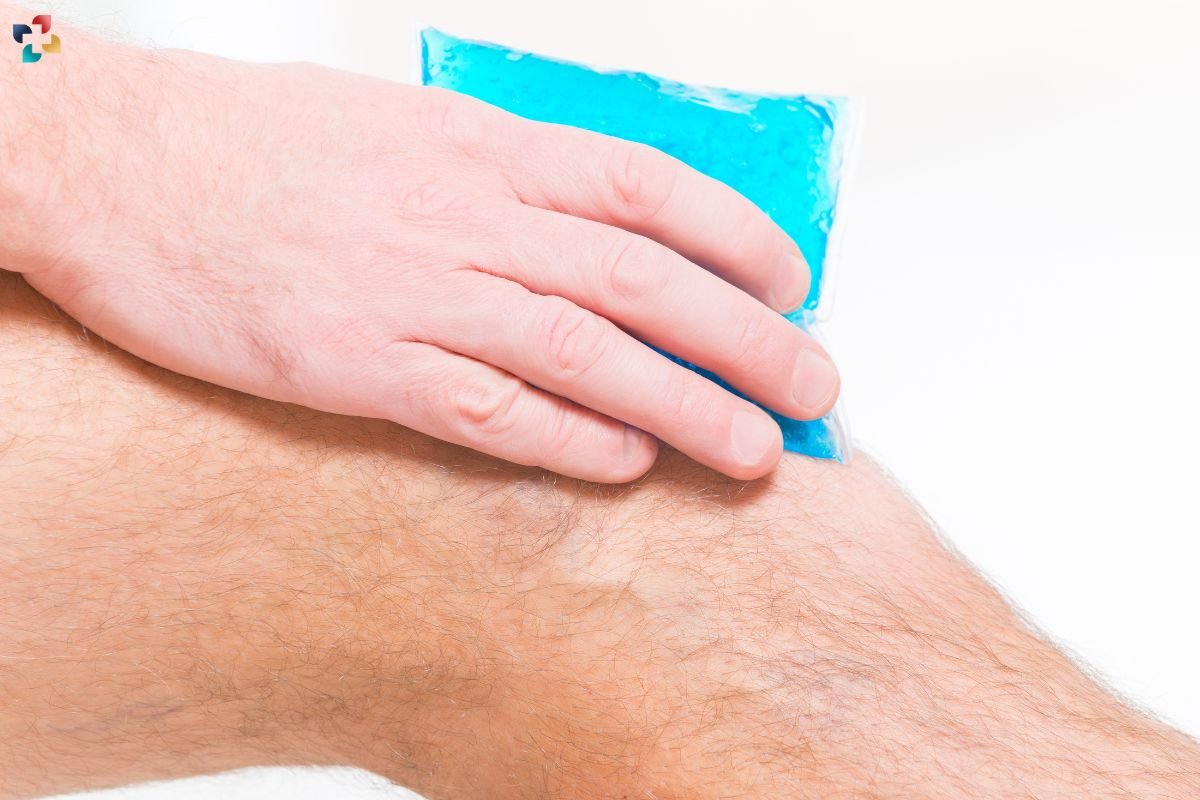
- Rest and Activity Modification: Avoiding activities that exacerbate the symptoms, such as running or squatting, can help reduce inflammation and allow the fat pad to heal. Resting the knee and modifying activities to minimize stress on the joint are crucial first steps.
- Ice and Compression: Applying ice packs to the affected area can help reduce swelling and numb the pain. Compression bandages or knee sleeves can also help manage swelling and provide support to the knee.
- Physical Therapy: A tailored physical therapy program can help strengthen the muscles around the knee, improve flexibility, and enhance overall knee stability. Exercises focusing on the quadriceps, hamstrings, and hip muscles are particularly beneficial.
- Medications: Nonsteroidal anti-inflammatory drugs (NSAIDs), such as ibuprofen or naproxen, can help reduce pain and inflammation. These medications should be used under the guidance of a healthcare provider.
- Orthotic Devices: In some cases, using orthotic devices such as knee braces or shoe inserts can help improve knee alignment and reduce pressure on the fat pad.
Interventional Treatments
- Corticosteroid Injections: In cases where conservative treatments are not effective, corticosteroid injections may be recommended. These injections can help reduce inflammation and provide temporary pain relief.
- Viscosupplementation: This treatment involves injecting a gel-like substance into the knee joint to lubricate the area and reduce friction. Viscosupplementation can help alleviate pain and improve knee function.
- Platelet-Rich Plasma (PRP) Therapy: PRP therapy involves injecting a concentrated solution of the patient’s own platelets into the affected area. Platelets contain growth factors that can promote healing and reduce inflammation.
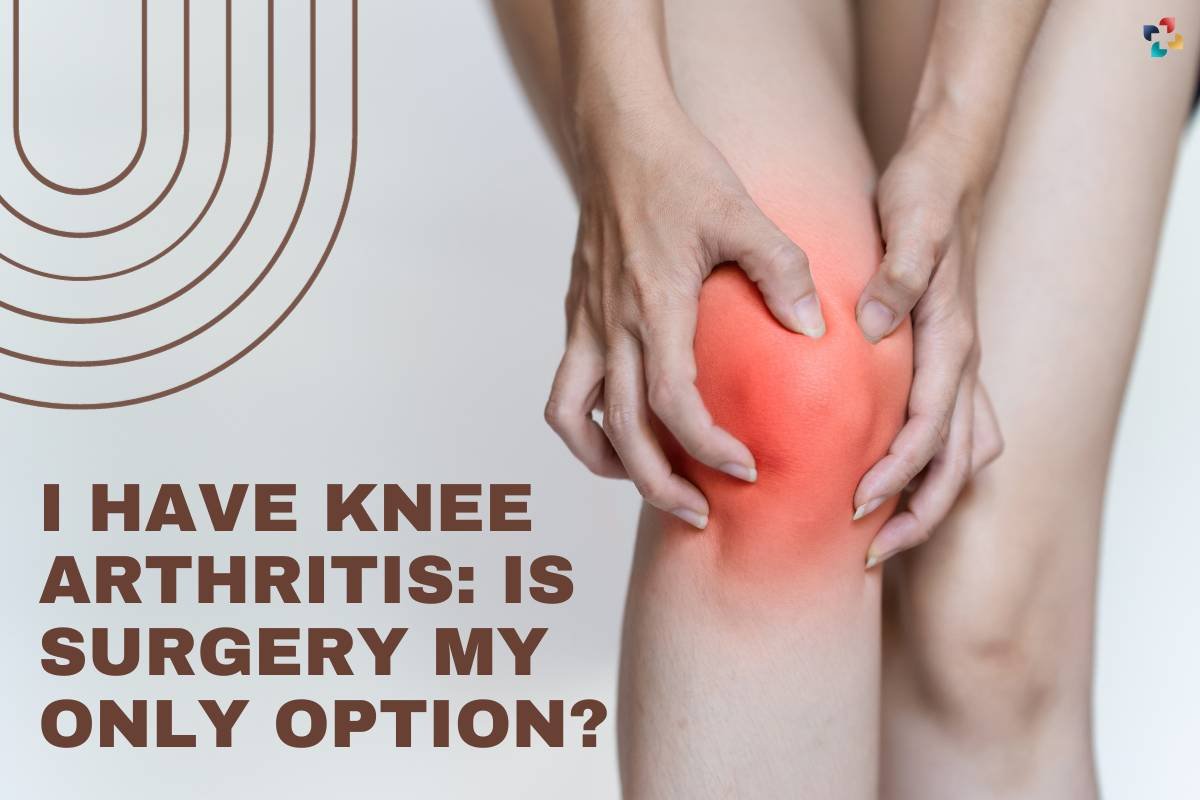
I Have Knee Arthritis: Is Surgery My Only Option?
Knee arthritis, also known as osteoarthritis of the knee, is a degenerative joint disease that primarily affects the knee joint. It occurs when the cartilage, the protective tissue that cushions the ends of bones, wears down over time.
Surgical Treatments
In severe cases of fat pad impingement where conservative and interventional treatments have not provided relief, surgical intervention may be necessary.
- Arthroscopic Surgery: Arthroscopy is a minimally invasive surgical procedure that allows the surgeon to visualize and treat the fat pad impingement. During the procedure, small incisions are made, and a camera (arthroscope) is inserted into the knee joint. The surgeon can then trim or remove the inflamed fat pad to relieve pressure and pain.
- Open Surgery: In rare cases, open surgery may be required to address severe fat pad impingement. This procedure involves making a larger incision to access the knee joint and remove the affected fat pad.
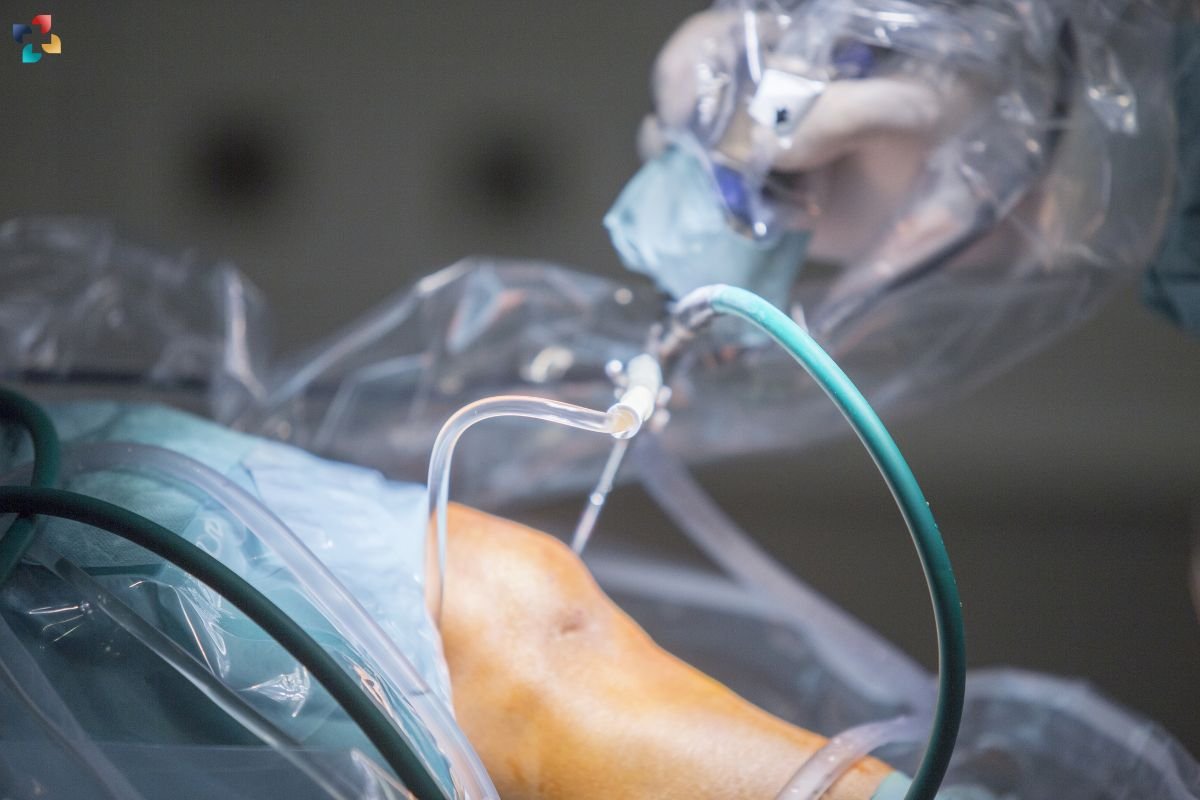
Prevention of Fat Pad Impingement
Preventing fat pad impingement involves adopting strategies to minimize the risk of knee injury and inflammation. Here are some tips to help prevent this condition:
- Maintain a Healthy Weight: Excess body weight places additional stress on the knees, increasing the risk of fat pad impingement. Maintaining a healthy weight through a balanced diet and regular exercise can help reduce this risk.
- Strengthen Muscles Around the Knee: Regular exercises that strengthen the quadriceps, hamstrings, and hip muscles can help improve knee stability and reduce the risk of fat pad impingement. Focus on low-impact activities such as swimming, cycling, and resistance training.
- Use Proper Technique: Whether you’re engaging in sports or daily activities, using proper techniques can help prevent knee injuries. Pay attention to your posture, form, and movement patterns to avoid placing unnecessary stress on the knees.
- Warm-Up and Stretch: Before engaging in physical activities, make sure to warm up properly and stretch the muscles around the knee. This can help improve flexibility and reduce the risk of injury.
- Wear Appropriate Footwear: Wearing shoes that provide adequate support and cushioning can help improve knee alignment and reduce the risk of fat pad impingement. Avoid wearing worn-out or ill-fitting shoes.
Conclusion
Fat pad impingement is a painful condition that can significantly impact an individual’s quality of life. Understanding the causes, symptoms, diagnosis, and treatment options for fat pad impingement is essential for managing this condition effectively. Through a combination of conservative treatments, interventional therapies, and, in severe cases, surgical intervention, individuals with fat pad impingement can find relief and regain knee function. By adopting preventive measures and seeking early medical attention, it is possible to minimize the risk of developing this condition and maintain healthy, pain-free knees.

